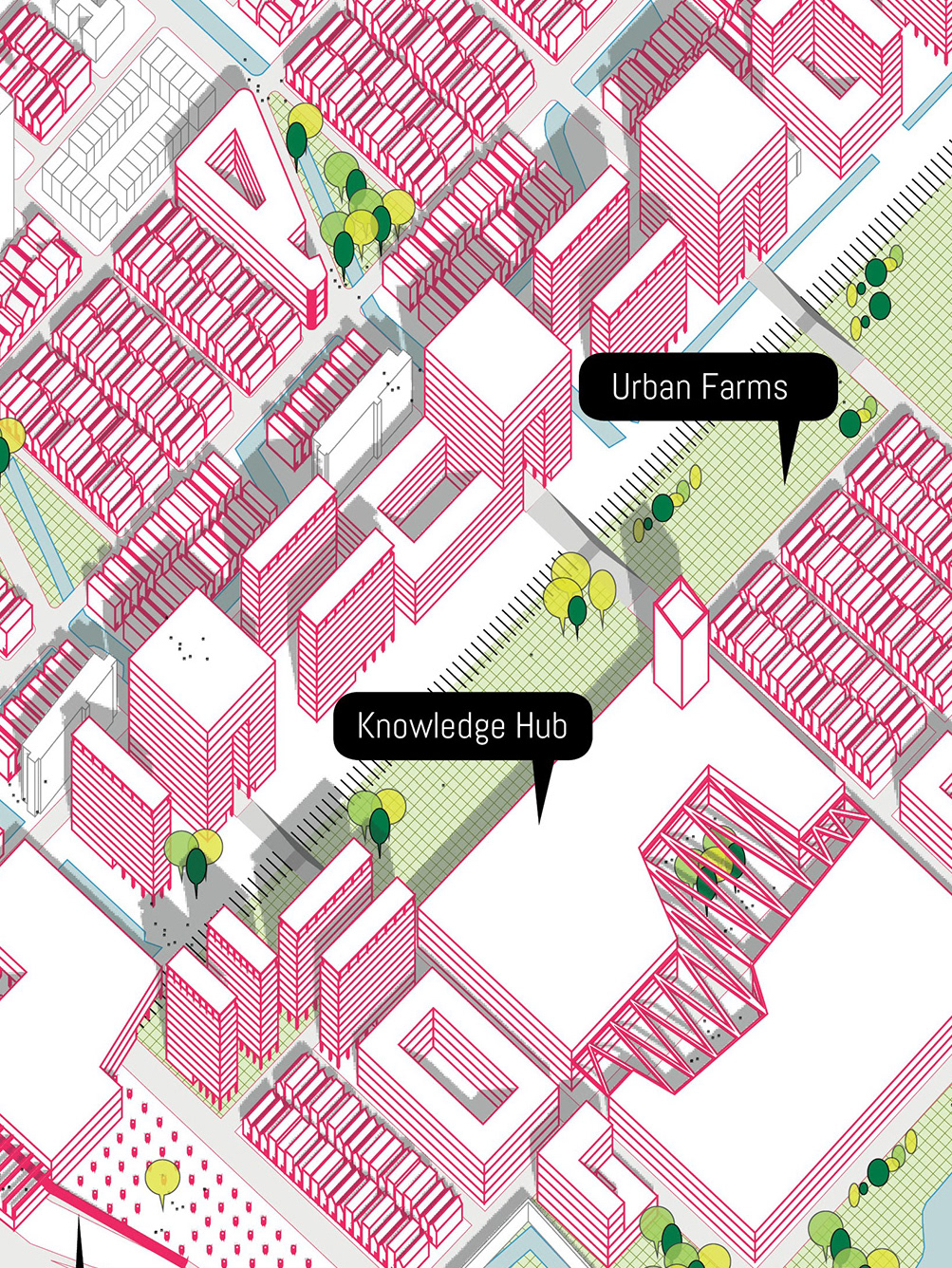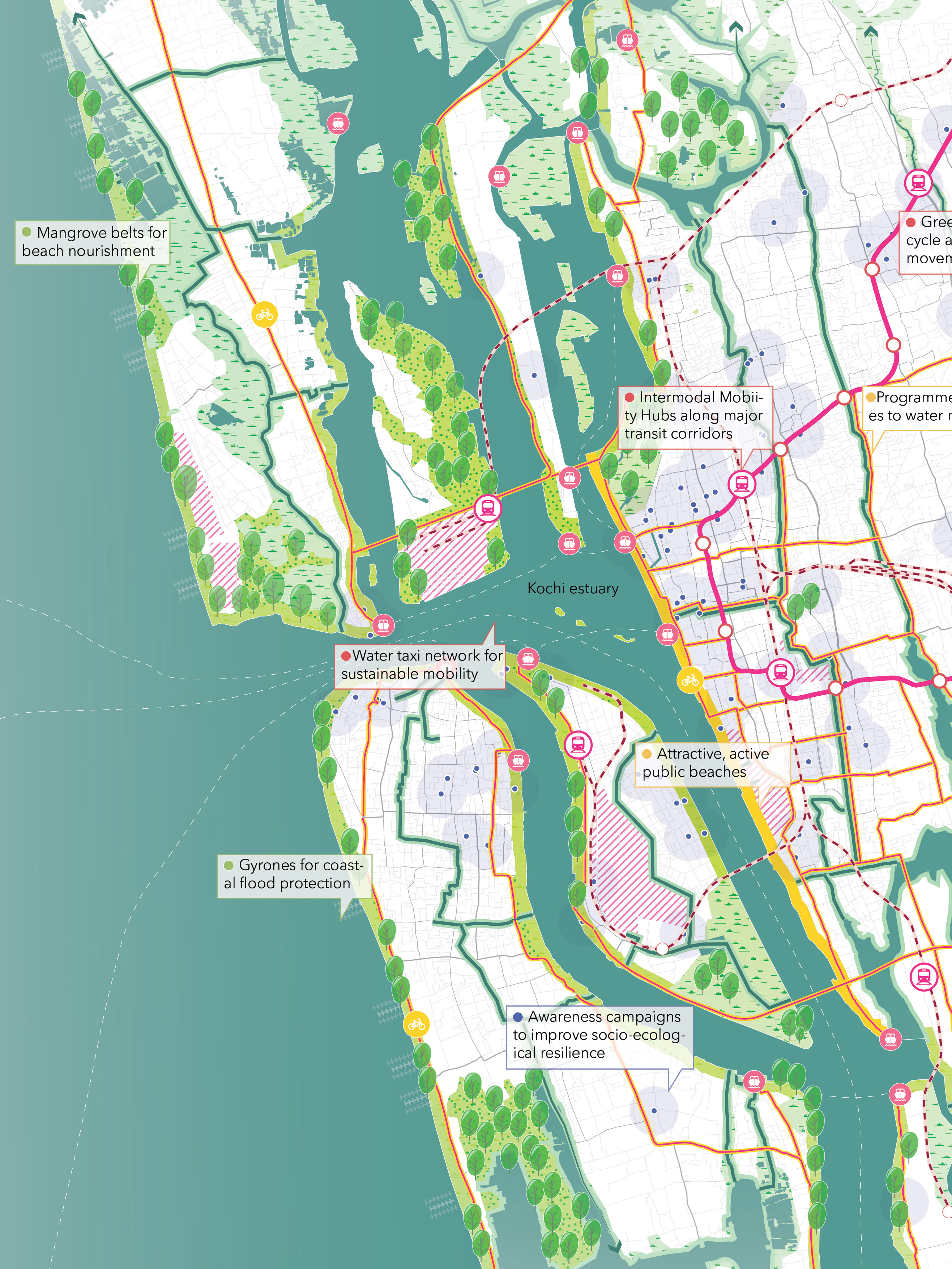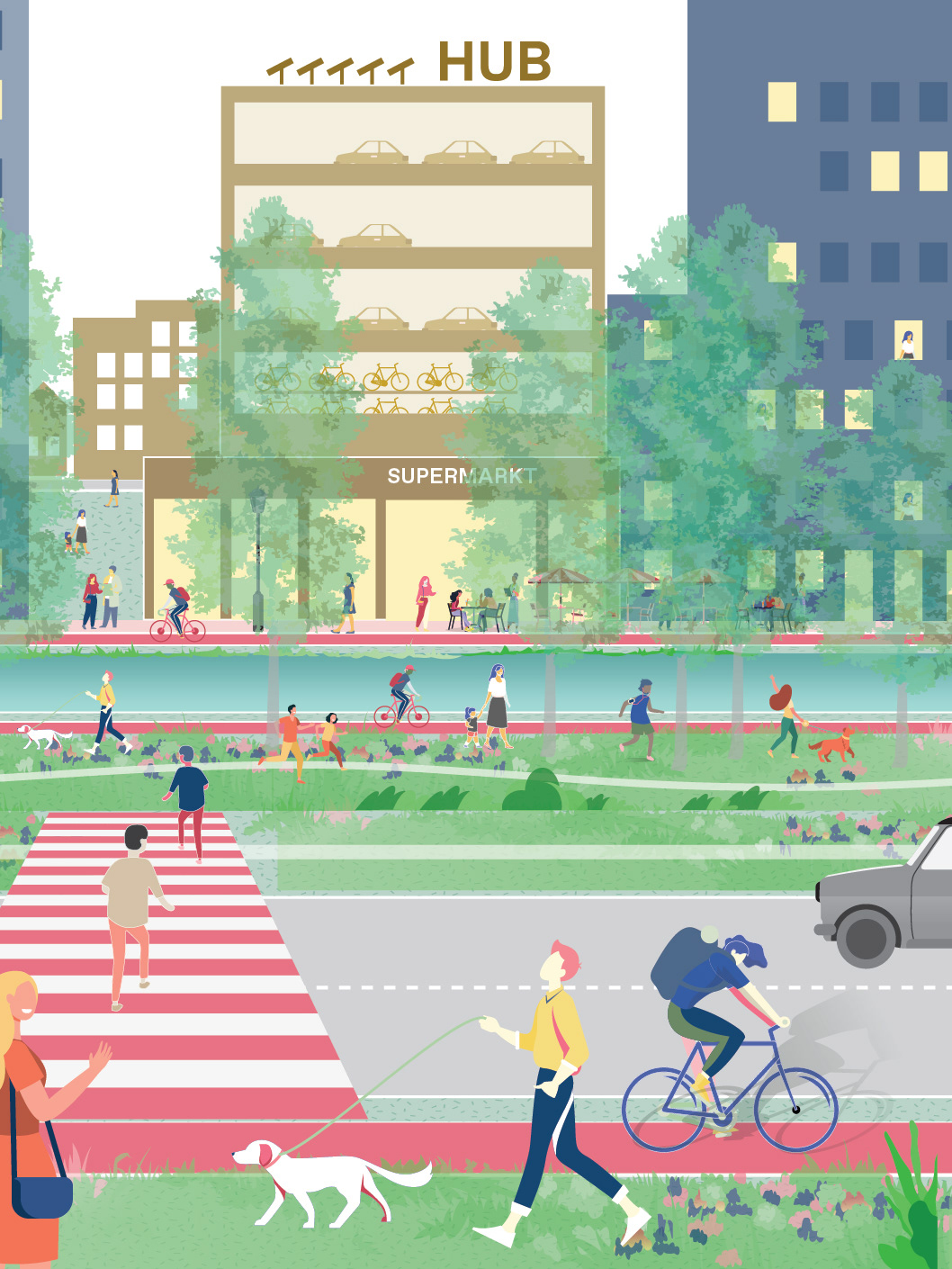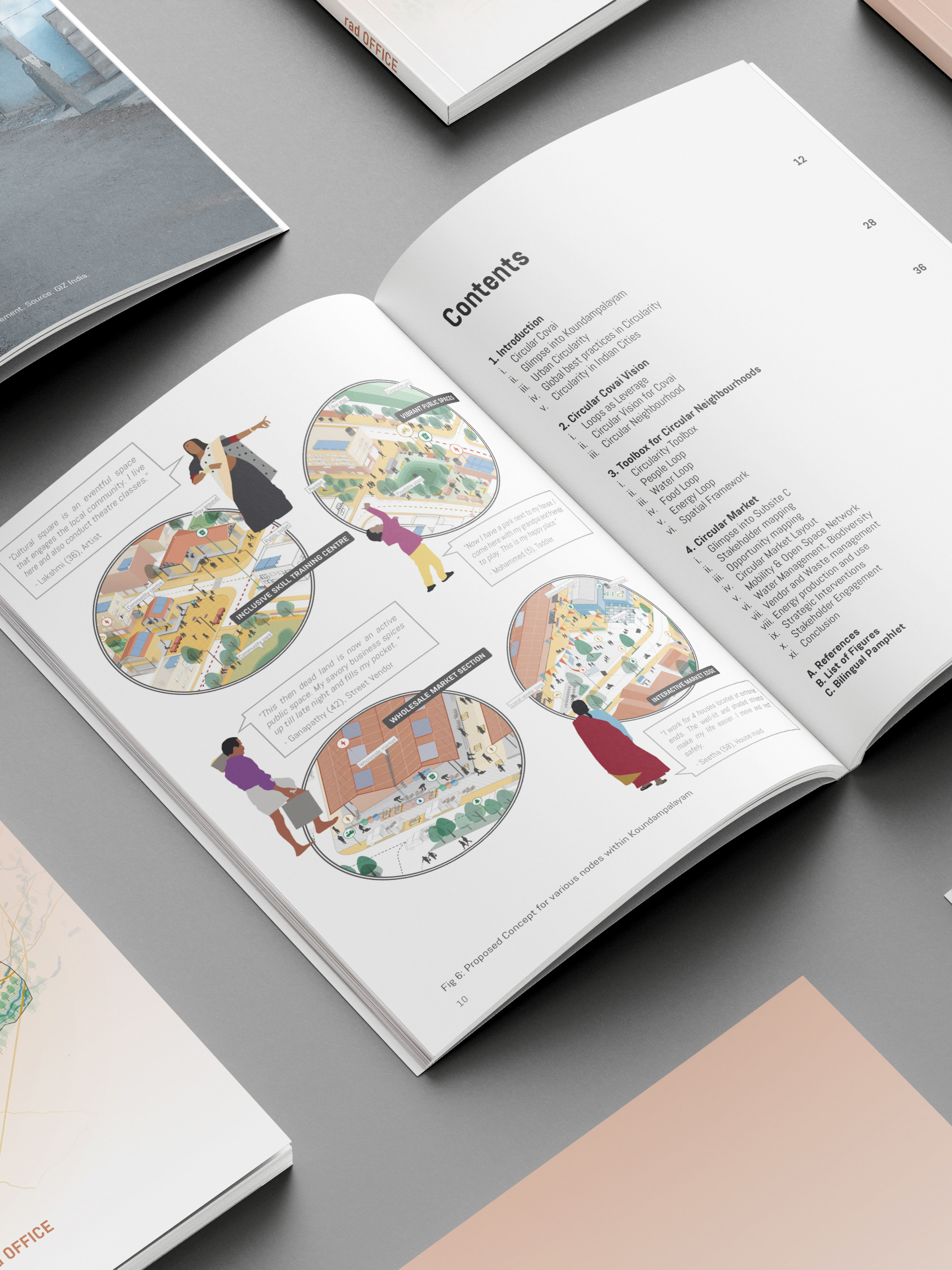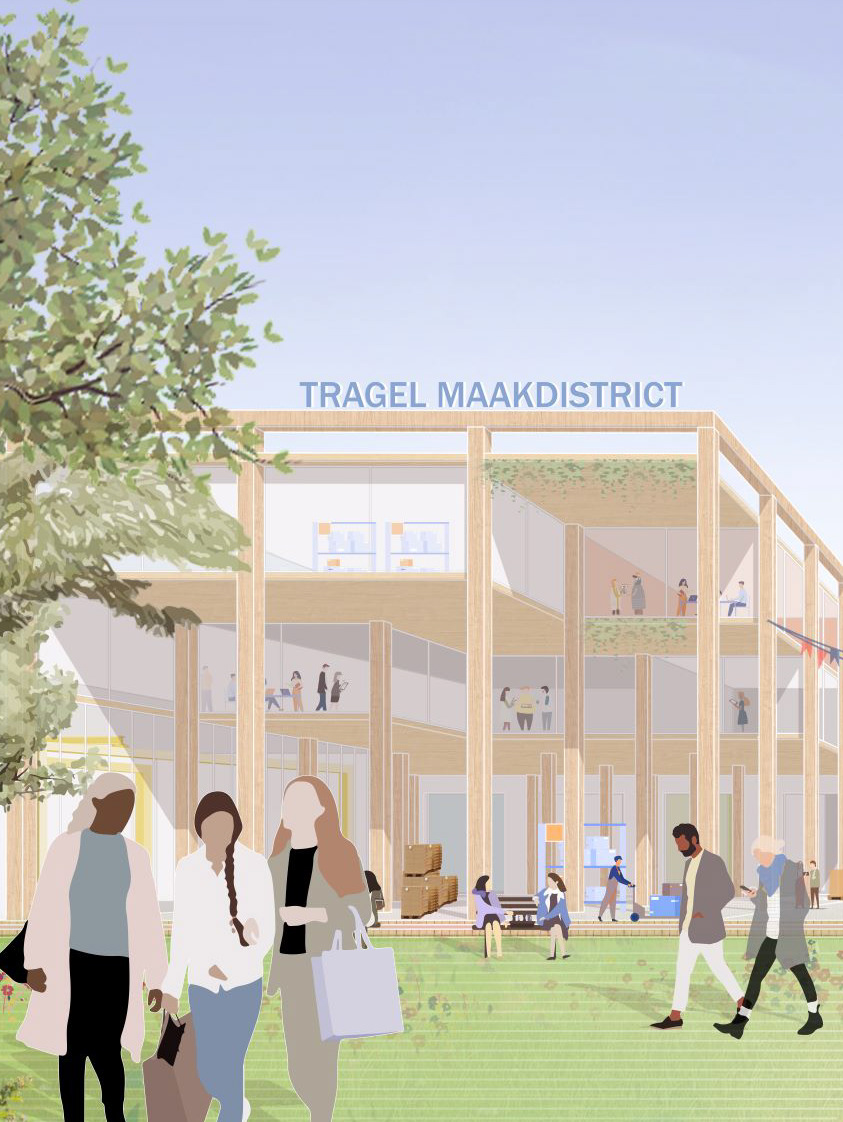Details
Studio: Master’s Graduation Project, 2018-2019
Planning Complex Cities, Urbanism, TU Delft
Mentors: Marcin Dabrowski, Ulf Hackauf
Location: Tamil Nadu, India
Commendations: Shortlisted for Archiprix 2018-2019.
Complete report: Link to TU Delft Repository
Year: June 2019
Planning Complex Cities, Urbanism, TU Delft
Mentors: Marcin Dabrowski, Ulf Hackauf
Location: Tamil Nadu, India
Commendations: Shortlisted for Archiprix 2018-2019.
Complete report: Link to TU Delft Repository
Year: June 2019
#SpatialStrategy #UrbanDesign
Energy and Space have a reciprocal relationship (Sijmons, 2014). The development of energy resources occurs at the intersection of energy and space, leaving distinct, permanent marks and spatial patterns on the land. The resulting landscapes of energy production, networks of distribution and territories of consumption together constitute a distinct spatial typology called ‘energy-space’. The spatial dimension is extremely important in the context of energy transition since renewable energy needs 100 to 1000 times more space to be produced than non-renewable energy sources (Smil, 2015), which reinforces the necessity of spatial planning in energy development.
‘Geographies of Power-Spatial Strategies for a ‘just’ energy transition in Tamil Nadu’ explored the spatial dimension of energy transition, by taking the case of Tamil Nadu, India. A framework for the development of adaptive energy production landscapes was created, by proposing a set of spatial strategies and design interventions in the macro-region. These are then translated to suit the spatial conditions and social settings in the micro-region, to test the feasibility and local implications of the regional design. By focusing on densification of energy sites and coproduction of energy with local communities, the project paves way for an adaptive, inclusive and collaborative energy transition.
At around 11650MW of renewable energy generation, Tamil Nadu accounts for nearly 32% of India’s total RE installed capacity and 35% of India’s total wind energy installed capacity, despite being only 4% of the country’s geographic extent. The state has ambitious plans to continue harvesting the estimated 720 GW of R.E. potential (60 times the current R.E installed capacity), with proposals to add 21.9GW of wind and solar energy by 2022 . However, in Tamil Nadu, transition to renewable energy continues to operate under extractivist, capitalist energy systems of the fossil fuel era, monopolized by private energy companies and supported by a rigid top-down governance system. This has led to large scale transformation of land for energy development without spatial considerations, and acute regional inequalities in energy access and distribution of benefits of the transition.
Through the analysis of existing systems of resource extraction and their implications on space, place and people, the project argues that the shift to R.E needs to be accompanied by a transformation of the spatial, societal and political structures to create an adaptive, inclusive and collaborative energy transition in Tamil Nadu. Specifically, the research question of the project is: How can regional design of emerging geographies of energy create a framework for a ‘just’ energy transition in Tamil Nadu?
The proposed regional design is assemblage of six context specific spatial strategies that act as guidelines for energy development, and provide pathways for the implementation of Energy Vision for Tamil Nadu 2050. The strategies drive the macro-regional integration of the transition to renewables and inform long term local visions and development plans that transcend administrative borders. The set of six spatial strategies and the toolbox of design interventions, solutions, policies, and regulations act as guiding principles to create an adaptive, inclusive and collaborative energy transition in Tamil Nadu. The set of strategies aim at increasing R.E production by densifying existing energy production landscapes, finding unique opportunities for combining energy production with other sectors, and coproducing energy through bottom-up initiatives.
Spatial strategies overlayed to form the Strategic Plan for Energy Transition in Tamil Nadu
Set of actions to implement the regional strategies
Local spatial translation of the regional strategies
Design interventions at the local scale
Spatial typologies of energy infrastructure
Through this project, I attempted to design and plan for renewable energy geographies of the future that reject the extractivist systems of the capitalocene (Moore, 2017) and fossil fuel expressionism (Sloterdijk, 2014). The current extractivist energy economy would be transition to a new economic model that respects the limits of the natural environment and creates room for alternative practices and forms of extraction without exploitation. By taking the case of Tamil Nadu, India, the project contributed to the body of knowledge on spatial energy transition in a developing context like India, where it is important to include the challenges to energy justice and equality in the discourse. The potential transferability of the concepts, research methodology and design process for use in under-represented geographies of the Global South, that face similar challenges in spatial energy transition highlights the scientific and societal relevance of the project. The democratization of energy production creates a framework for a ‘just’ energy transition in Tamil Nadu, that transcends the conventional, extractivist, and capitalist systems of the fossil fuel era.
